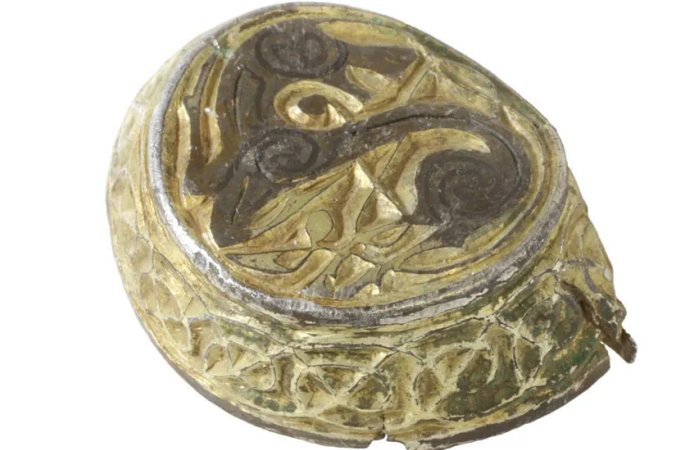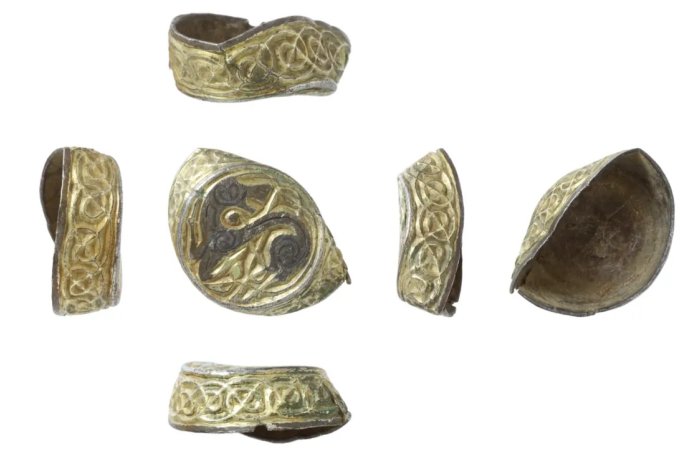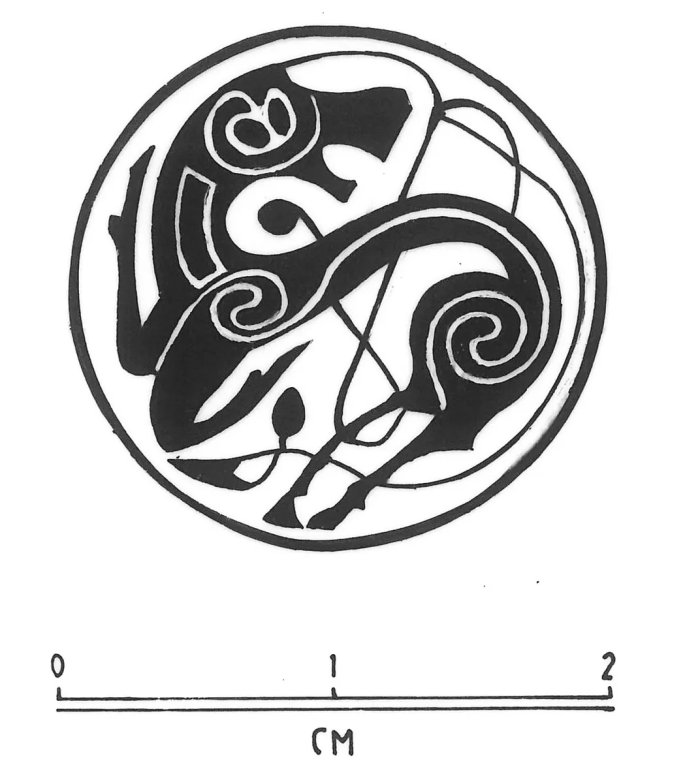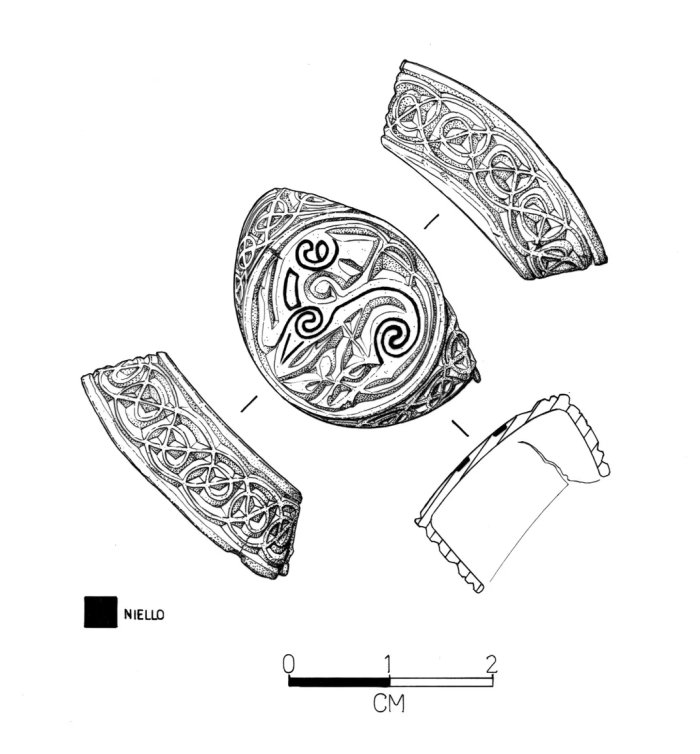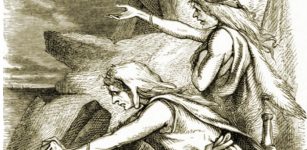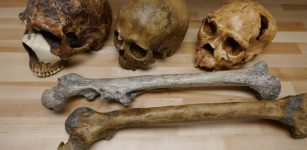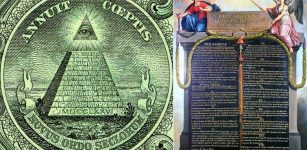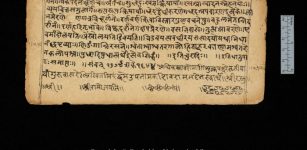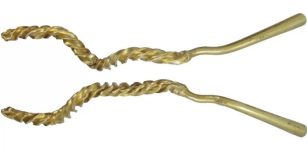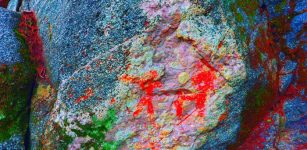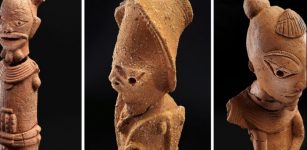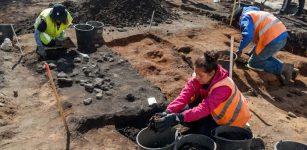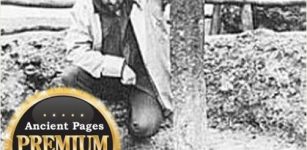Strange 1,200-Year-Old Anglo-Saxon Artifact Used For Unknown Purpose Found In Norfolk, UK
Jan Bartek - AncientPages.com - There is no lack of beautiful Anglo-Saxon artifacts found in the UK, and this particular object is of great interest to scientists who admit they do not know what it is.
What was this Anglo-Saxon object used for? Credit: Andrew Williams / Norfolk County Council
The tiny object, which is no more than 19.4mm (0.7in) in diameter, was discovered by a Langham, a small village in the City of Colchester district of Essex, England. The gilded silver artifact, covered in beautiful, intricate designs, is 1,200 years old and was obviously made by a highly skilled craftsperson with "a real eye for loveliness," experts who examined the object said.
The object resembles a small, crumpled cap. It has a flat, circular top and short, straight sides forming a shallow, hollow cylinder, but what is?
One who examined the Anglo-Saxon artifact is historian Helen Geake and Norfolk's finds liaison officer. She explained the artifact is "completely unlike" any similar mystery object discovered by detectorists. At this point, scientists do not know what these objects were used for.
"It's so tiny, and yet it was created just as carefully as something like a Bible or piece of jewelry," she said.
The object's complicated design suggests its creator was "multi-talented and doing lots of different things."
One of the object's 8.5mm (0.3in) sides is bent inwards, resulting in a crack, but it has survived more than 1,000 years in the soil. Credit: Andrew Williams / Norfolk County Council
Its creator would have mixed mercury, imported from Spain, with powdered gold to highlight the animal within the design.
"On the sides is a spiral pattern recognizable from the Book of Kells or Lindisfarne Gospel," Geake told the BBC.
The Book of Kells is an illuminated manuscript probably created by Celtic monks in a monastery on the island of Iona, c. 800 AD.
Created around 700 A.D., the Lindisfarne Gospels is a historical marvel that demonstrates Anglo-Saxon art, culture, and religious expression.
The object's curious designs are especially interesting.
Experts identified an animal design on the artifact. Credit: Andrew Williams / Norfolk County Council
The object was found crushed on one side, with a resulting crack in its wall. Credit: Andrew Williams / Norfolk County Council
The artifact "has got a backward-looking animal - possibly a horse - that fills the space nicely, and I love its color. A lot of the time, we don't see the colors of the past because clothes don't survive and enamels drop out of settings, "Geake said.
The historian added there is evidence that gold and silversmiths were also doing illuminations in manuscripts at this time. It is possible there is a connection between the puzzling Anglo-Saxon object and the Book of Kells, but currently, researchers can only speculate about the object's purpose.
See also: More Archaeology News
One possibility could be it was intended for the end of a staff.
Whatever it was used for, a great deal of highly skilled work went into its creation.
"It's a mysterious object and you can't say what kind of thing it's off at all," Geake said.
Written by Jan Bartek - AncientPages.com Staff Writer

